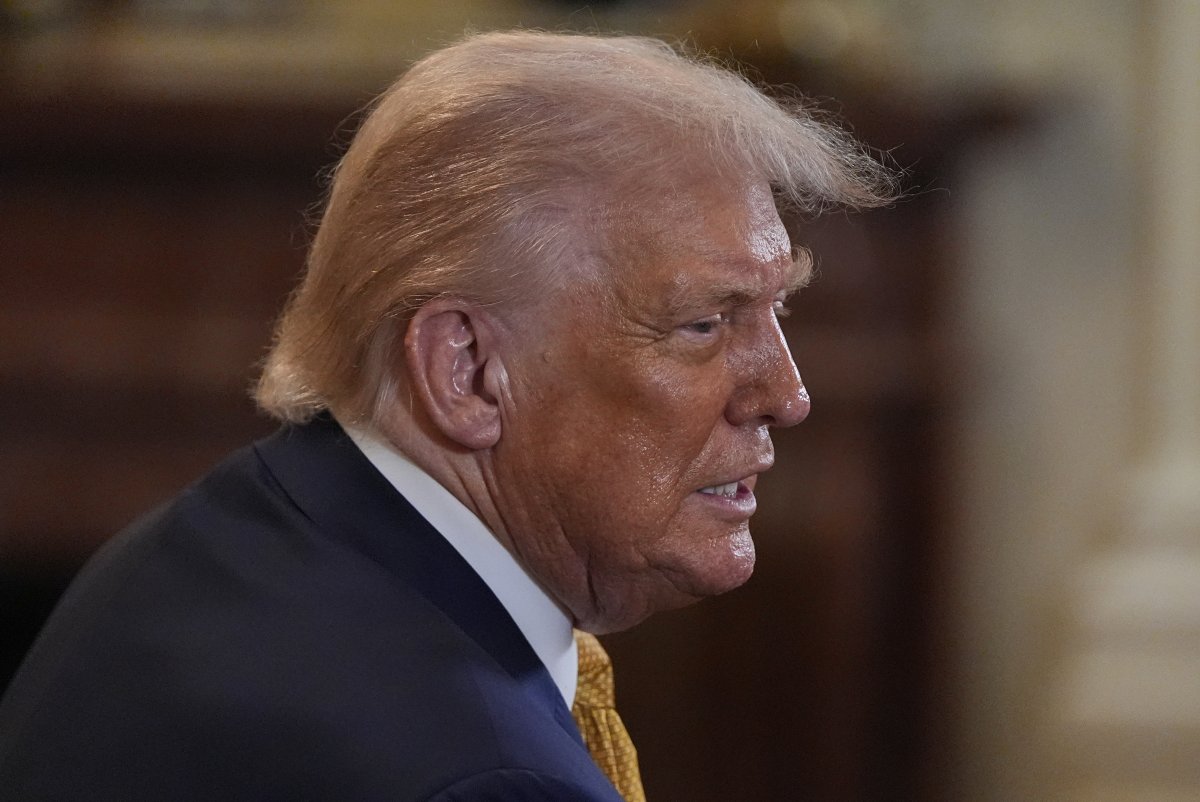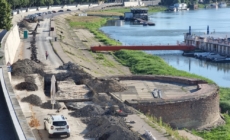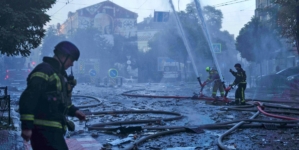-
Map Shows States Where Seniors Are Most Likely To Outlive Their Savings - 9 mins ago
-
‘Risky Business’ star Rebecca De Mornay ‘proud’ of ex-boyfriend Tom Cruise - 19 mins ago
-
Uber is starting a service for women to choose female drivers and fellow riders - 35 mins ago
-
Tusványos Is a Platform for Dialogue - 40 mins ago
-
Uber Changing Ride Options in Multiple Cities: What to Know - 48 mins ago
-
Stars of Storrs vs. We Are D3: How to Watch, Odds, Preview – TBT Round of 16 - 51 mins ago
-
Prince William and Harry’s cousin, 20, found dead with firearm nearby - 59 mins ago
-
Facebook impersonation scam nearly costs man $2,500 in fake grant scheme - about 1 hour ago
-
Archaeologists Uncover the Former Roundel of Szeged Castle - about 1 hour ago
-
Fluent English Speaker Needed for Full-Time Paid Job Looking After Cheetahs - about 1 hour ago
Iran’s Rocket Launch Raises Alarm
Iran has successfully conducted a test of its latest Qased satellite launch rocket, marking its first such trial since a ceasefire ended a 12-day war with Israel in June—a conflict that also saw U.S. strikes on Iranian nuclear-linked sites.
The rocket launch comes amid heightened scrutiny of Iran’s missile program and rising security threats in the Middle East. Iran’s state news agency described the launch as an effort to “assess some emerging new technologies” and improve the performance of future satellite systems.
Newsweek has reached out to State Department and Iran’s foreign ministry for comment.
Why It Matters
The test carries potential global ramifications, particularly for international efforts to monitor missile-related developments in Iran.
By conducting a space launch so soon after a major conflict, Tehran has introduced a new variable into an already tense regional environment. Some Western governments have previously linked Iran’s space program to ballistic missile advancement, and this latest test is expected to factor into ongoing diplomatic discussions, including those related to Iran’s nuclear program.
Iranian Defense Ministry/AP Photo
What to Know
The Qased rocket is a hybrid-fueled satellite carrier first launched in 2020 when it successfully deployed a military satellite. This latest test did not place a satellite into orbit but served to validate design improvements. According to Iran’s IRNA news agency, it was aimed at testing new technologies that would improve the country’s broader space capabilities.
Rocket Deception?
The Qased uses a combination of solid and liquid fuels, a design consistent with many ballistic missile systems. Though the government describes these efforts as civilian in nature, similar launches in the past have drawn sharp responses from Western nations.
U.S. Republican Senator Tom Cotton dismissed Iran’s launch as a deceptive cover for weapons development in a post on X.
Iran’s “space program” is nothing more than a ridiculous charade designed to hide their efforts to develop long-range ballistic missiles to attack America and our allies. Don’t be fooled by their propaganda.https://t.co/ksaC4ezzSb
— Tom Cotton (@SenTomCotton) July 22, 2025
Trump’s Threat
Meanwhile, President Donald Trump vowed to strike Iran’s nuclear sites again “if necessary,” renewing his demand that Tehran abandon its uranium enrichment program. In a post on his Truth Social platform, Trump referenced remarks made by Iranian Foreign Minister Abbas Araghchi, who told Fox News that U.S. strikes on June 22 had “destroyed” key enrichment facilities. “Of course they are, just like I said, and we will do it again, if necessary!” Trump wrote, taking aim at earlier reports that had questioned the extent of the damage.

Julia Demaree Nikhinson/AP Photo
What People Are Saying
IRNA news agency: “Assessing some emerging new technologies in the country’s space industry.”
Sina Azodi, Assistant Professor at the Elliott School of International Affairs: “Not only is Iran enhancing its capabilities, but it is also sending a loud political message.”
Bradley Bowman, Senior Director at the Foundation for Defense of Democracies: “Increased ability to put systems in space will strengthen the regime’s intelligence, surveillance, and reconnaissance capabilities for offensive and defensive operations, as well as provide a potential pathway to field an intercontinental ballistic missile.”
What Happens Next
The Qased launch has added urgency to European efforts to resume stalled nuclear negotiations. The timing of the test is expected to factor into deliberations by France, Germany, and the United Kingdom over whether to trigger the UN “snapback” mechanism to restore sanctions. Those discussions are set to continue at talks scheduled for Friday in Istanbul.
Source link































